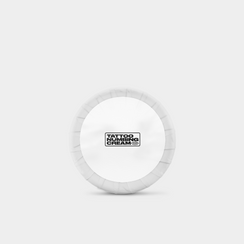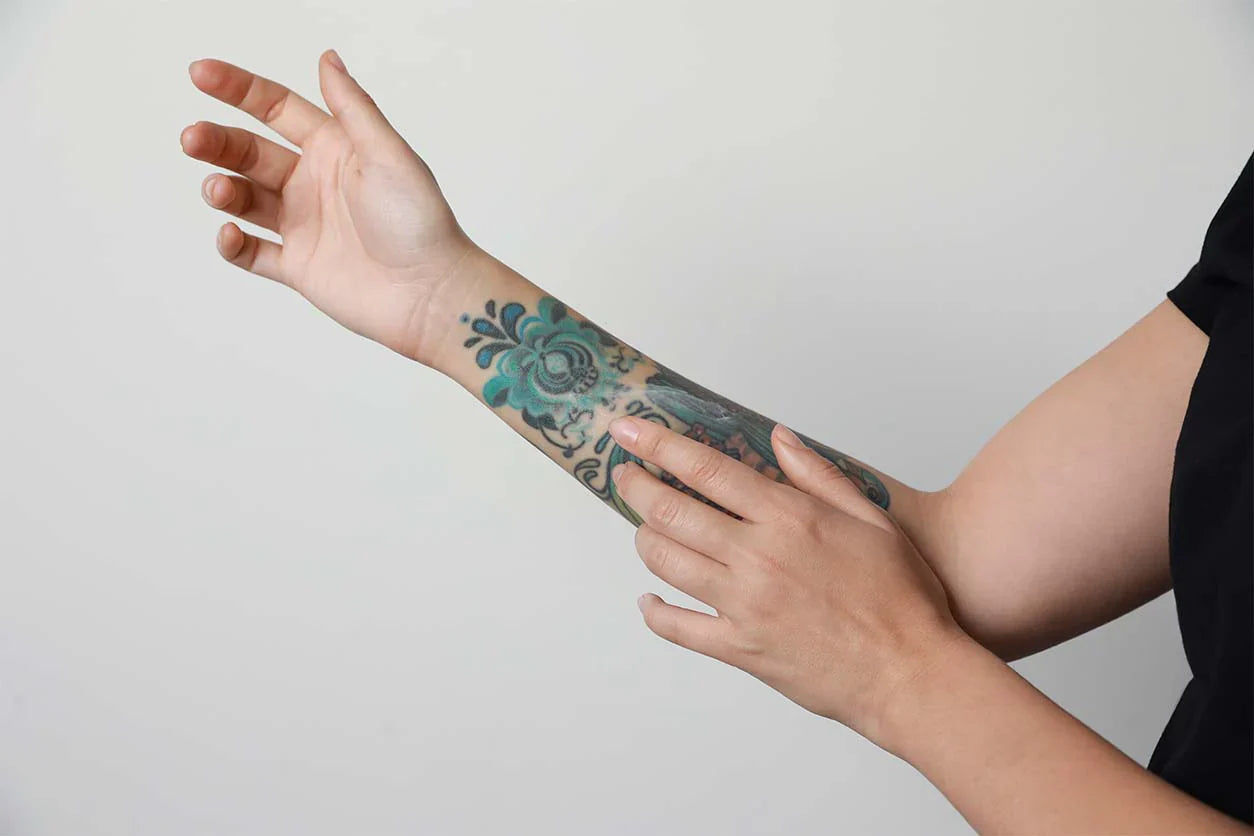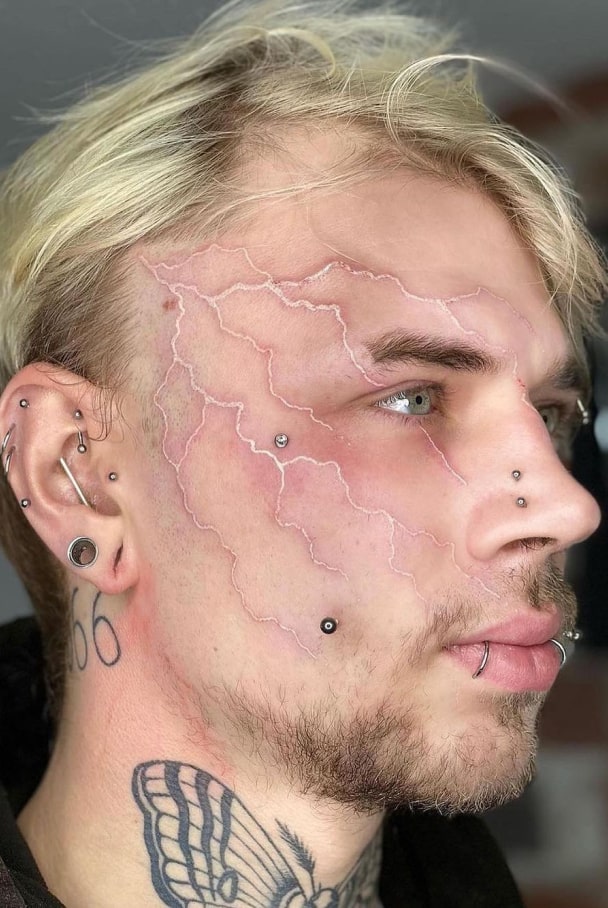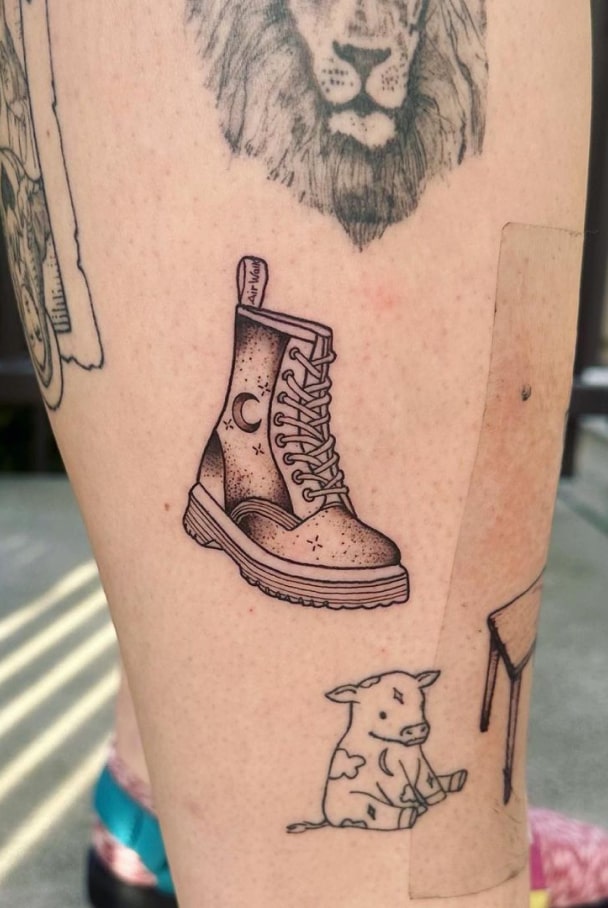At the end of the day, it’s never going to be a painless experience getting a tattoo, especially for people with a low pain threshold. Different factors come into play when it comes to the amount of pain you feel while getting a tattoo. These include but are not limited to; the tattoo placement, the size and style of the tattoo, the artist’s technique, your physical health, and how you prepare and care for the tattoo after getting it done. In this blog, we will discuss what you can expect to feel and how to deal with tattoo pain.
How to deal with tattoo pain- During the tattoo, what does it feel like?
People describe a tattoo exactly how you would imagine it to be… a sharp needle scraping against your skin. This doesn’t sound very appealing, but don’t fear- it is manageable. Others would describe tattoo pain as stinging, scratching, burning or vibrating. You should never underestimate the power of what the artist is doing. For example, an artist filling in a tattoo with colour may be more painful than a thin line as they are going over the same spot on multiple occasions. The length of your session can also determine whether your tattoo is painful, as a longer session for larger pieces is painful for longer. If you feel uncomfortable with the amount of time the session may take, talk to your artist about it and they will split the session up so that you have more, shorter sessions. It is most painful to get a tattoo on your armpits, rib cage, shins, ankles, breasts and nipples. It can be wise to choose a less painful placement. If you’re unsure about where to place your tattoo, we have a separate blog on tattoo placement ideas and what parts of the body are most painful to get a tattoo.
How to deal with tattoo pain- Should I be worried about the pain?
You should expect your tattoo to be relatively painful during and after the process of getting a tattoo. The only time you should be worried about the pain is if your tattoo gets infected. If your tattoo is continuing to bleed after two days, is oozing with puss and is red and hot, you may need to speak to your tattoo artist and seek medical help. Getting infected via a tattoo is rare, but not impossible.
How to deal with tattoo pain- How your tattoo will heal
Days 1-6: Your tattoo will be sensitive, sore and swollen. If you accidentally touch your tattoo it might hurt. People have described the feeling like a bruise or sunburn. During this stage it’s best not to drink a lot of alcohol or as they can thin the blood.
Days 7-14: In this stage, your tattoo will feel irritated rather than sore. This stage is where you need to treat your tattoo with plenty of moisturisers and resist the urge to scratch your tattoo.
Days 15-30: Your tattoo will be partially healed in this stage. You will not feel the urge to itch and it won’t be as painful. This is the stage in which your tattoo is on its way to healing on the outer layer of your skin. This means you can start to wash your tattoo with normal soap and don’t have to be as careful with it.
6 months: After 6 months, your tattoo will begin to completely heal underneath the skin as well as over the skin. The specific healing time will depend on the size and placement of the tattoo.
How to deal with tattoo pain
- Choose a licensed tattoo artist- artists with a lot of experience will usually take less time to complete the tattoo, meaning your tattoo will be less painful.
- Use tattoo numbing cream- Applying tattoo numbing cream 90 minutes before the session can really help the pain, especially if the tattoo is placed in an obscure area.
- Pick an area of the body that isn’t painful- our blog on the most painful areas can tell you more about this.
- Get plenty of rest- Your body can handle pain better after a good night's sleep, so make sure you get at least 8 hours the night before your appointment.
- As tempting as it may be, avoid painkillers and alcohol before your session, this can thin the blood, making the process a lot more bloody than necessary.
- Don’t get a tattoo when you’re unwell- not only can you pass on your illness to the tattoo artist, but the healing process will take longer to heal if your immune system is down.
- Drink plenty of water- Being tattooed on dry skin hurts, drink plenty of water and keep your skin hydrated.
- Eat a meal- Before your appointment, eat a meal to prevent dizziness.
- Wear loose clothing in the area you are being tattooed.
- Breathe deeply and count when getting a tattoo in a particularly painful places
- Listen to music or go on your phone to distract yourself.
- Let your artist know if you’re feeling a lot of pain. Your artist can give you regular breaks if you need them.
- Follow your artist’s aftercare advice and instructions. This will reduce the risk of infection. We advise using our tattoo salve and tattoo soap to reduce the time of the healing process.
If you’re looking for tattoo products like tattoo numbing cream, tattoo salve and tattoo soap, check out our website.








